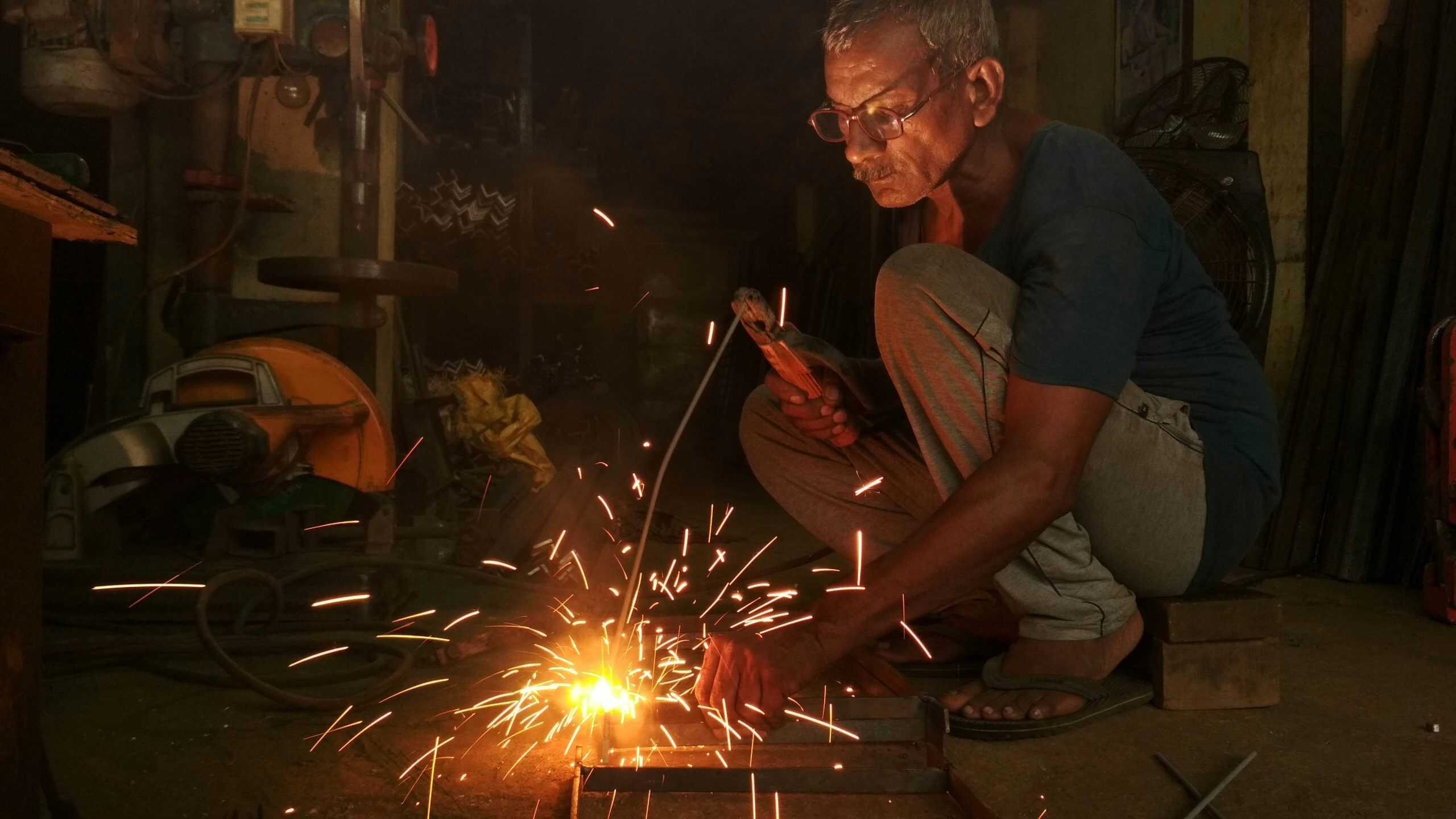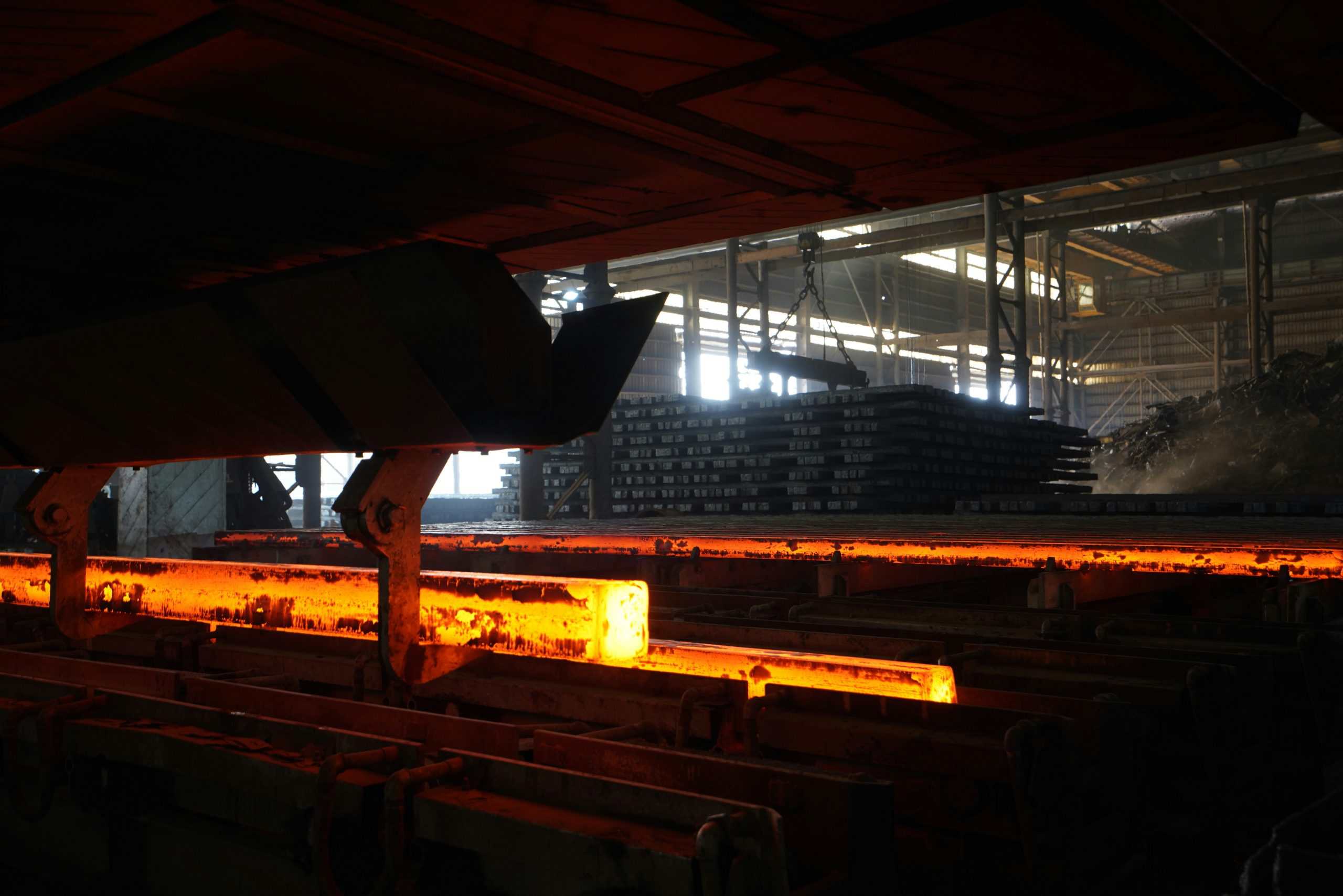China vs India vs Vietnam: Stainless Steel Tube Export Competitiveness in 2025

Introduction: The Race for Global Supply Chain Leadership
The stainless steel tube export competitiveness 2025 landscape is heating up, with China, India, and Vietnam emerging as the top contenders. Exporters and buyers are comparing costs, logistics, certifications, and production capacity more critically than ever.China: Mature But Facing Costs
China remains the largest producer of stainless steel pipes globally. Its advantages include full-grade inventory, advanced forming techniques, and strong testing capacity. However, rising labor and energy costs are prompting some clients to consider alternatives.India: Capacity and Price
India’s stainless steel output is growing. Labor costs are lower, and government support through Make in India is boosting exports. However, delivery speed and consistency are still areas for improvement.Vietnam: Lean and Nimble
Vietnam offers fast response times, government support for exporters, and increasing acceptance of EU/US quality standards. MOQ flexibility and adaptive logistics make it an attractive partner for precision tube buyers.TeCarve’s Position
We combine the scale of China with a lean manufacturing model. Our in-house factory allows full traceability, multilingual documentation, and packaging tailored to different ports of entry.Comparison Table
- Certifications: China/India – Broad, Vietnam – Selective
- MOQ Flexibility: Vietnam > China > India
- Speed: China = Vietnam > India
- Unit Cost: India < Vietnam < China
Conclusion
Understanding stainless steel tube export competitiveness 2025 means more than comparing prices. Consider speed, documentation, quality, and support when choosing your supplier in a shifting global trade environment.Tags: Global Suppliers、China vs India、Vietnam Market、Competitiveness、2025 Trends


